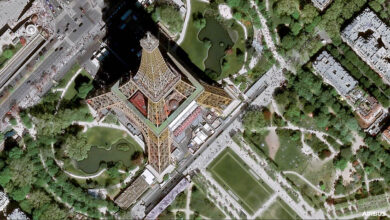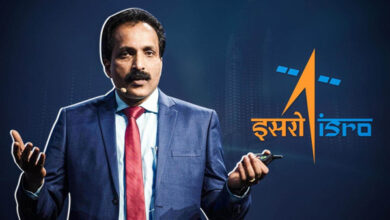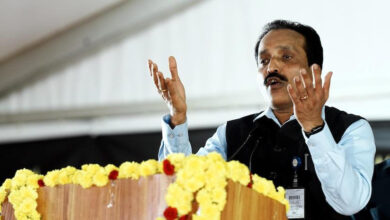India a Leader in Space says NASA Chief Bill Nelson on his Maiden Visit
By R. Anil Kumar
- NASA Administrator Bill Nelson arrives in India
- The visit marks India’s growing stature as a global leader in space exploration
Bangalore, November 28. NASA Administrator Bill Nelson has landed in India for a series of strategic discussions and events aimed at strengthening the partnership between the National Aeronautics and Space Administration (NASA) and the Indian Space Research Organisation (ISRO).
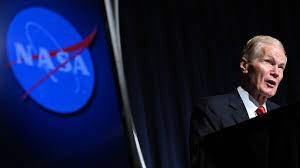
The visit marks India’s growing stature as a global leader in space exploration and technology.
Nelson’s arrival was announced via his tweet, expressing enthusiasm for the week ahead: “Touchdown in India! Ready to embark on a week of engaging meetings and events to grow NASA’s partnership with ISRO. India is a leader in space and we’re looking forward to a productive visit.”
NASA Administrator Bill Nelson is visiting ISRO facilities in India, including the UR Rao Satellite Centre in Bengaluru where the NISAR satellite is being tested ahead of its launch early next year. The spacecraft is the first collaboration of its kind between NASA and ISRO. On board are a pair of radar payloads that have the potential to be of incredible benefit to all humans, as well as all life, on the planet.
Bill Nelson is on a multi-day tour of ISRO facilities in India, during the course of which new avenues for collaboration will be explored with ISRO, along with programs to encourage students to participate in science, technology, engineering and mathematics (STEM) fields.
Nelson will be visiting the UR Rao Satellite Centre in Bengaluru, where the NASA-ISRO Synthetic Aperture Radar (NISAR) satellite is being tested ahead of its expected launch in early 2024, to ensure that the spacecraft survives the rough ride to space and performs as expected in the low gravity environment after deployment. NISAR is the first collaboration of its kind between the two space agencies, and has the potential to benefit all humans on the planet.
Only about 10 per cent of ISRO’s budget and time are allocated to flagship science missions that capture the imagination of the public, such as Aditya-L1 and Chandrayaan-3. The other 90 per cent of the resources are dedicated to resources in Earth orbit that directly and immediately benefit the citizens of the country, such as satellites for communication, navigation and Earth observation. The last of these is one of the strong points of ISRO, allowing the nation to track changes in the environment, plan large scale infrastructure projects, and provide reliable weather predictions services. Radar satellites are invaluable when it comes to monitoring changes to the surface of the planet, but traditionally have a trade-off between coverage and resolution.
NASA’s Jet Propulsion Laboratory came up with the innovative SweepSAR technology, which is the fundamental technology behind the NISAR satellite. The technology provides high resolution satellite radar images, without compromising on the wide area of coverage. It was NASA that approached ISRO with the initial proposal for the NISAR collaboration, but ISRO refused considering that it was not benefiting by providing a satellite bus and a free taxi ride to space on one of its launch vehicles. Through a series of negotiations, ISRO reached a more equitable compromise, with the satellite design being improved in the process, with enhanced capabilities. The satellite is the first to carry a pair of radar payloads in different bands, with the observations by each instrument complementing the other.
In 2007, remote sensing scientists, geologists, meteorologists and oceanographers, brainstormed on how the latest technology developments for Earth observation satellites could be best put to use the latest technologies to gather the most valuable information that can be used to address pressing challenges facing the planet.
The committee came up with a report known as the Earth Science Decadal Survey, which was an effort to identify focus areas and guide space activities. The priorities identified were tracking changes in ice sheets, vegetation and deformations in the surface of the Earth. The extent of polar ice and the movement of glaciers are both indicators of climate change.
The amount of carbon stored within woody biomass provides scientists with valuable insights on how to respond to climate change. Careful measurement of the Earth’s crust allows scientists to estimate ground water levels, as well as keep tabs on volcanoes, earthquakes and landslides.
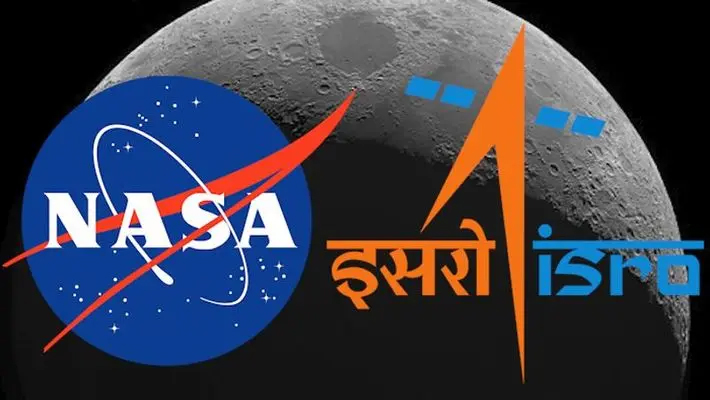
NISAR will help Track Climate Change and Natural Disasters
Because of the recommendations of the decadal survey, NASA has launched a number of satellites aligned with the goals of the decadal survey, including the Ice, Cloud, and land Elevation Satellite-2 (ICESat-2), the Soil Moisture Active-Passive (SMAP) satellite, and the Surface Water Ocean Topography (SWOT).
The synthetic aperture radar technology had the capabilities for capturing exactly the kind of data that was recommended by the decadal survey. NISAR is a single satellite loaded with two radar payloads, and is the first of its kind collaboration between NASA and ISRO, and it is an important mission for the planet.
At a lecture in IIIT-Hyderabad, project scientist on NISAR Paul Rosen had said, “We have been building this (NISAR) for almost ten years now, jointly between NASA and ISRO. I work at the Jet Propulsion Laboratory where we are building the US components. It has been a long ride and we are finally getting ready to launch this system early next year. Synthetic aperture radar is a very powerful tool, allowing us to look through the carbon cycle, climate through ice characterisation, the Earth’s surface and interior, and water, and weather.”
At a lecture in IIT-Madras about three weeks ago, ISRO Chairman S. Somanath highlighted that , ISRO is working with many nations. We are working with France, Japan, Russia and USA to develop new payloads and instruments. One of the interesting payloads which is currently getting integrated is NISAR. It is a very unique, very complex satellite. The costliest satellite ever built for Earth observation in the world, is this satellite.
The Americans have spent huge amount of money, Indians have spent huge amounts of money to build this satellite. This is a radar satellite, the S-band radar comes from India and the L-band radar comes from US, and we merged these two and put it in a single satellite. Many people don’t know that the land surface actually moves up and down by metres with cyclic variations of water under the Earth. This can only be very precisely measured only by high accuracy measurements by multiple radar bands. This is the beauty of it, and it does many more measurements that are important.”
The radar instruments can peer through obscuring clouds, and track changes across the whole planet. The extent of agriculture, amount of forest cover, soil moisture levels, health of wetlands, changes in the ice cover, dynamics of ice sheets, threat of sea level rise and reshaped coastlines can all be tracked with NISAR.
Nilesh Desai, the Director of the Space Applications Centre (SAC), at the foundation day lecture in IIT-M, Pune, had said that the whole world is looking forward to this NASA-ISRO Synthetic Aperture Radar. It is a science mission. So, data will be available free of cost, to everybody. A lot of interest it has generated because of the applications also. Disaster response, coastal and ocean, cryosphere, and especially land deformation. We cannot predict the earthquakes or tsunamis. This could go a long way in getting some idea about how to go about with the prediction of this, he had stated.
Apart from Earthquakes, scientists will be attempting to use the observations conducted by NISAR to predict volcano eruptions as well. In fact, the satellite can provide valuable information on a wide range of natural disasters, including oil spills, forest fire damage and floods.
The targets of observations by NISAR are often proxies or indicators for invisible mechanisms and processes, and can guide an incredible variety of future human responses and efforts. For example, careful measurement of surface deformations can hint at the things buried underground, guiding future archaeological excavations. The data can also potentially be used for identifying promising regions for mineral explorations.



